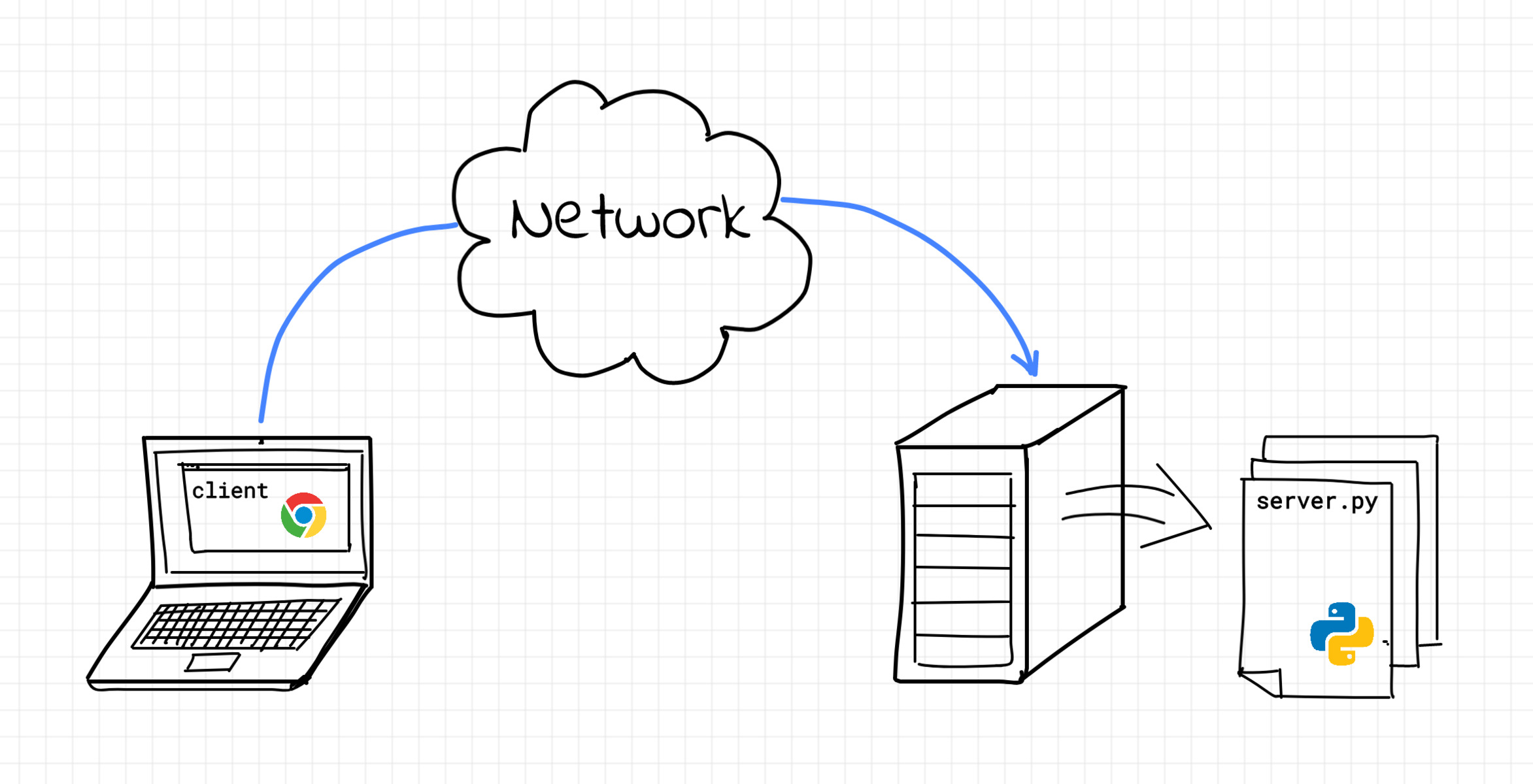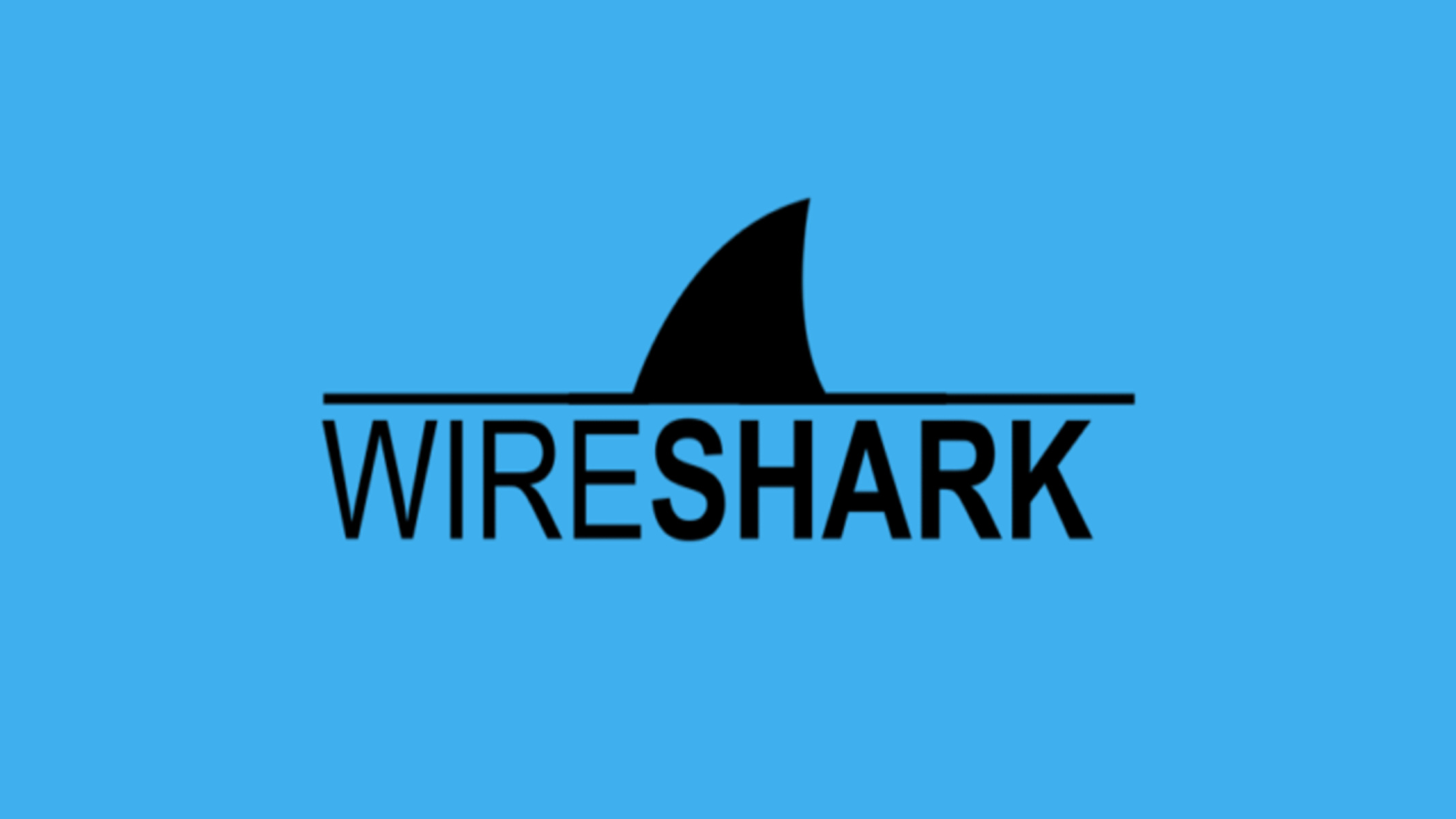DNS Resolution
DNS (Domain Name System) resolution is the process that must occur before a workstation can exchange HTTP packets with a web server. When a user enters a website’s domain name (e.g., www.example.com) into a browser’s address bar, the browser needs to translate that domain name into an IP address (e.g., 192.168.0.1) to connect to the web server hosting that website. This translation is carried out by DNS servers.
The DNS resolution process starts with the workstation sending a request to a DNS resolver or server. The resolver checks its cache for a previously resolved IP address for the requested domain. If it finds a match, it returns the IP address to the workstation, and the resolution process is complete.
However, if the resolver does not have the requested domain’s IP address in its cache, it will perform a series of queries to find the IP address. The resolver first contacts the root DNS servers to obtain the authoritative name server(s) for the top-level domain (TLD) of the requested domain. For example, if the requested domain is example.com, the resolver would obtain the authoritative name server(s) for the “.com” TLD.
Once the resolver has obtained the authoritative name server(s), it sends a query to one of those servers. The authoritative name server responds with the IP address of the web server hosting the requested domain. The resolver then caches this information for future use and returns the IP address to the workstation.
It’s worth noting that DNS resolution is a distributed process involving multiple DNS servers and may involve additional queries to intermediate DNS servers if the authoritative name server(s) are not directly responsible for the requested domain. Overall, DNS resolution is crucial for establishing a connection between a workstation and a web server, allowing HTTP packets to be exchanged and web content to be accessed.
TCP/IP Handshake
Once the DNS resolution process is complete, the workstation moves on to establish a TCP/IP connection with the web server through a process known as the TCP/IP handshake. This handshake is necessary to ensure reliable and error-free data transmission between the two devices.
The TCP/IP handshake involves a three-way communication between the workstation and the web server. Let’s take a closer look at each step of the handshake process:
- Syn – Sending a Synchronization Request: The workstation initiates the handshake by sending a SYN packet to the web server. This packet contains the initial sequence number for the data transmission.
- Syn-Ack – Synchronization Acknowledgment: The web server receives the SYN packet and responds with a SYN-ACK packet. This packet acknowledges the receipt of the workstation’s SYN packet and sends its own initial sequence number.
- Ack – Final Acknowledgment: The workstation receives the SYN-ACK packet and sends an ACK packet to the web server. This packet acknowledges the receipt of the web server’s SYN-ACK packet and completes the handshake process.
The TCP/IP handshake ensures that both devices are ready to exchange data and establishes the initial sequence numbers for the transmission. It sets up the parameters for reliable data transfer, including the window size, which determines how many packets can be sent before receiving an acknowledgment, and the maximum segment size, which defines the size of the data packets sent between the devices.
Once the handshake is complete, the workstation and web server can proceed with exchanging HTTP packets, allowing the transfer of web content and facilitating effective communication between the two devices.
HTTP Request
After the TCP/IP handshake, the workstation is ready to send an HTTP request to the web server. An HTTP request is a message sent by the workstation to the server, specifying the action it wants the server to take. This action can include retrieving a specific web resource, submitting form data, or performing other operations.
An HTTP request consists of several components:
- Request Line: The request line includes the HTTP method (such as GET, POST, PUT, DELETE) that indicates the desired action, followed by the requested URL and the HTTP version being used.
- Headers: HTTP headers provide additional information about the request, such as the user agent, which specifies the browser or client making the request, and the Accept-Language, which indicates the preferred language for the response.
- Body: The request body contains optional data, usually used when submitting form data or sending other types of payload to the server. This part is not present in all HTTP requests.
Once the HTTP request is formed, the workstation sends it to the web server using the established TCP/IP connection. The web server receives the request and performs the requested action, such as retrieving the requested web page or processing the submitted form data.
The web server then formulates an appropriate HTTP response and sends it back to the workstation, continuing the communication between the two devices. It is important to note that the nature and content of the HTTP response depend on the specific request made and the capabilities of the server.
In summary, the HTTP request plays a crucial role in initiating communication between the workstation and the web server. It specifies the desired action and provides additional information as needed, allowing the server to process the request and generate an appropriate response.
Routing and Forwarding
Once the web server has received and processed the HTTP request, the response is sent back to the workstation. However, before reaching its destination, the response needs to traverse a network of routers and undergo the process of routing and forwarding.
Routing is the process of determining the optimal path for network traffic to travel from the web server to the workstation. It involves the use of routing protocols and algorithms to find the most efficient route based on various factors, such as network congestion, link reliability, and available bandwidth. Routers play a crucial role in this process by analyzing the destination IP address of the response packet and forwarding it to the next hop along the determined path.
Forwarding, on the other hand, refers to the actual transmission of the packet from one router to the next. Each router examines the destination IP address of the packet and consults its routing table to determine the next hop for the packet to take. The packet is then forwarded to the appropriate output interface to continue its journey towards the workstation.
This process continues until the response packet reaches the last router, which is typically the default gateway of the workstation. The default gateway is responsible for delivering the packet directly to the workstation’s network interface, completing the routing and forwarding process.
It’s essential to note that routing and forwarding are critical for delivering the HTTP response from the web server to the correct destination. Without an efficient and effective routing infrastructure, network traffic would struggle to reach its intended recipients, leading to delays and communication failures.
In summary, routing and forwarding enable the efficient transmission of network packets, including HTTP responses, from web servers to workstations. By employing routing protocols and routers, the most optimal path is determined, ensuring that data reaches its destination accurately and efficiently.
HTTP Response
Upon receiving the HTTP request, the web server processes it and generates an appropriate HTTP response to send back to the workstation. The HTTP response contains the requested web content or information, allowing the workstation to display it to the user or perform further actions.
An HTTP response consists of several components:
- Status Line: The status line includes the HTTP version, followed by a status code and a corresponding status message. The status code indicates the success or failure of the request and provides valuable information about the result.
- Headers: HTTP response headers provide additional information about the response, such as the content type, content length, caching directives, and server information.
- Body: The response body contains the actual content or data requested by the workstation. This can include HTML markup, images, CSS files, JavaScript code, or any other resource specified in the original request.
Once generated, the web server sends the HTTP response back to the workstation using the established TCP/IP connection. The response follows the same path as the request, traversing the network infrastructure, including routers and switches, until it reaches its final destination.
Upon receiving the HTTP response, the workstation’s browser processes it and renders the web content accordingly. This may involve parsing and rendering HTML, executing JavaScript code, and displaying images and other resources on the user’s screen.
The HTTP response plays a crucial role in delivering the requested web content to the user. It provides the necessary information for the browser to understand how to process and present the content effectively. Additionally, the response headers can include instructions for caching, security measures, and other directives that further optimize the user experience.
In summary, the HTTP response completes the exchange of information between the web server and the workstation. It contains the requested web content, along with relevant metadata, and enables the browser to render and display the content correctly for the user.

























